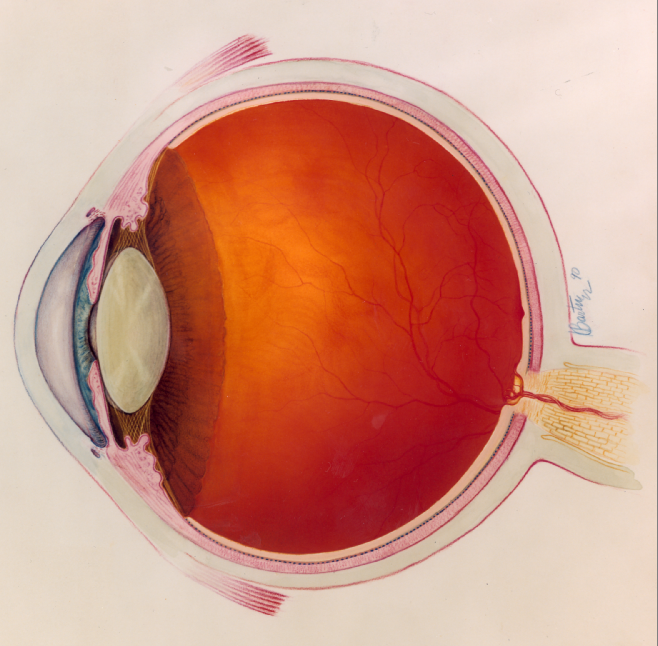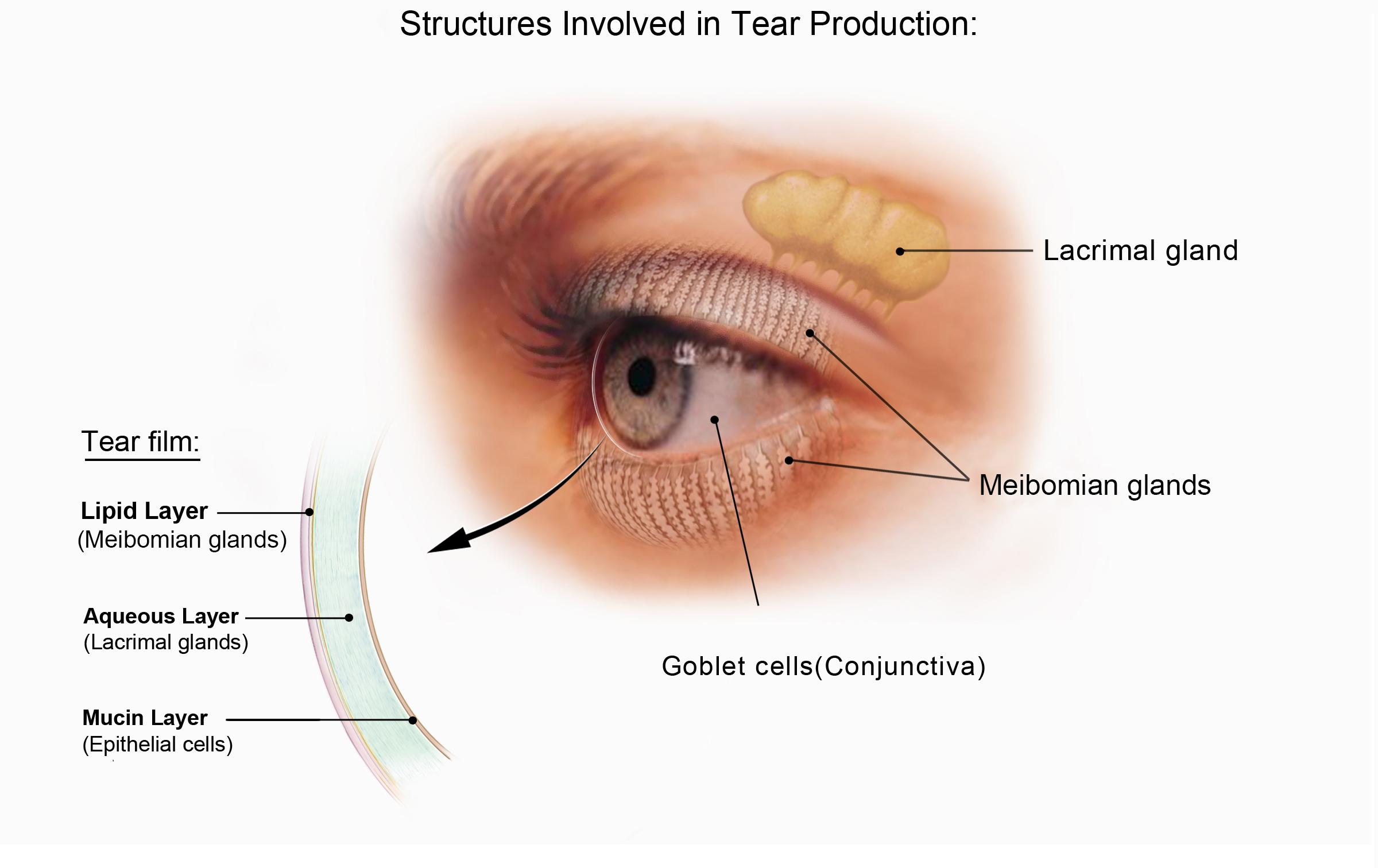CEQUA
also known as Cyclosporine Ophthalmic Solution 0.09%
Last updated August 20, 2025
Medical information on this page is for educational purposes only and is not a substitute for professional medical advice, diagnosis or treatment.
See our Terms & Conditions and Consent for Telemedicine for details.




Overview
CEQUA is a prescription eye drop that helps increase natural tear production in people with dry eye disease (keratoconjunctivitis sicca). It contains cyclosporine 0.09%, a medicine that calms surface inflammation so the lacrimal glands can make more tears. 1
Dry eye is common and happens when the tear film does not protect the eye well, leading to burning, stinging, redness, blurred vision, or a gritty feeling. Medicines like cyclosporine are used when artificial tears are not enough, and they may be part of a long-term plan. 2
CEQUA is usually placed as one drop in each eye twice a day. It comes in single-use vials and is preservative-free. Your eye doctor may suggest using it along with other treatments like artificial tears or eyelid care to keep the surface of the eye healthy. Most people need to continue treatment to maintain results.
How the Procedure Works & Options
How it works: CEQUA uses a nanomicellar solution to carry cyclosporine into the eye’s surface tissues. By lowering inflammation, it lets the tear glands recover and raise tear output over time. 3
The usual dose is one drop in each eye, about 12 hours apart. If you also use artificial tears, separate them by at least 15 minutes. 4
How it compares to other options: For prescription therapy, eye doctors may choose from:
- Cyclosporine drops (various strengths and formulations)
- Lifitegrast
- Other anti-inflammatory or tear-film–supporting treatments
No single drop is best for everyone; the choice depends on your symptoms, exam findings, other conditions, and prior response to therapy. CEQUA can be used with artificial tears as part of a layered plan to rebuild a healthy tear film.
Who Is a Candidate?
You may be a good candidate if you have:
- Ongoing dry eye symptoms (burning, stinging, gritty or sandy feeling, fluctuating vision) that do not improve enough with artificial tears alone
- Signs of inflammation on exam (e.g., corneal staining or low tear production tests)
- Related conditions that trigger inflammation, such as autoimmune disease (e.g., Sjögren’s)
CEQUA is prescription-only and used to increase tear production in people whose dry eye is linked to surface inflammation. Your doctor will check your eye surface, eyelids, and tear quality to decide if it fits your situation. 5
Contact lenses: Do not use CEQUA while wearing contact lenses. Remove lenses before dosing and wait 15 minutes before reinserting them. 4
Enter your details below to check your suitability for this treatment
Suitability Level
Recommendation
Cost and Price
CEQUA is a brand prescription medicine. Your actual cost depends on your insurance plan, pharmacy, and any savings programs that may apply. Because dry eye is often long-term, your eye doctor may plan for ongoing treatment and regular follow-up visits. 7
CEQUA is supplied as preservative-free single-use vials (typically dispensed in cartons), and each vial should be used and then thrown away, which can affect monthly use and cost. 8
Helpful tips:
- Ask your insurer or pharmacist if CEQUA is on your plan’s formulary and whether prior authorization is required
- Use drops as directed to avoid waste (do not touch the vial tip to your eye or any surface)
- Store and handle vials as labeled; do not reuse a single-use vial once opened
Benefits and Limitations
Benefits:
- Targets inflammation, a key driver of dry eye disease, and supports the eye’s own tear production 9
- In clinical studies, more CEQUA-treated eyes reached a ≥10 mm increase in Schirmer tear test at about 3 months compared with vehicle (about 17% vs 9%)
Limitations:
- Relief builds gradually; it is not a quick fix and steady use is important 10
- The most common side effects are burning or pain with instillation and eye redness; do not let the vial tip touch the eye to prevent injury or contamination
Recovery and Long-Term Care
What to expect: Most people use CEQUA twice daily and continue other supportive steps like warm compresses, eyelid hygiene, and routine artificial tears. Benefits are typically seen over time with consistent use; keep using it exactly as prescribed unless your doctor tells you otherwise. 11
How to use drops safely:
- Wash hands, tilt your head back, pull the lower lid down, and place one drop into the pocket without touching the tip to the eye or skin
- Separate CEQUA from other eye drops by at least 15 minutes, and remove contact lenses before use (wait 15 minutes to reinsert)
Latest Research & Innovations
CEQUA’s formulation (nanomicellar cyclosporine 0.09%) was shown in a phase 3 randomized, double-masked trial to improve key signs of dry eye compared with vehicle. 13
Real-world studies have examined how patients use CEQUA compared with other prescription drops, offering insight into persistence and switching in practice. 14
Researchers continue to explore combinations with other treatments (like meibomian gland care or device-based therapies) and how to tailor therapy to different types of dry eye.
Recently Published in Peer-Reviewed Journals
BMC ophthalmology
November 2, 2023
Real-world treatment patterns of OTX-101 ophthalmic solution, cyclosporine ophthalmic emulsion, and lifitegrast ophthalmic solution in patients with dry eye disease: a retrospective analysis.
Karpecki P, Barghout V, Schenkel B, et al.
Ophthalmology
September 1, 2019
A Phase 3, Randomized, Double-Masked Study of OTX-101 Ophthalmic Solution 0.09% in the Treatment of Dry Eye Disease.
Goldberg DF, Malhotra RP, Schechter BA, et al.
Next Steps
If dry eye affects your comfort or vision, schedule an appointment with a cornea specialist or comprehensive ophthalmologist to confirm the diagnosis and build a plan. Bring a list of your symptoms, all eye drops you use, and any other health conditions. CEQUA is available by prescription, and your doctor will decide if it fits your type of dry eye and other medicines. 15
You can connect with the right specialist on Kerbside for a medical education consult and guidance about questions to ask at your in-person visit. This is educational and not a physician–patient relationship or treatment plan.
